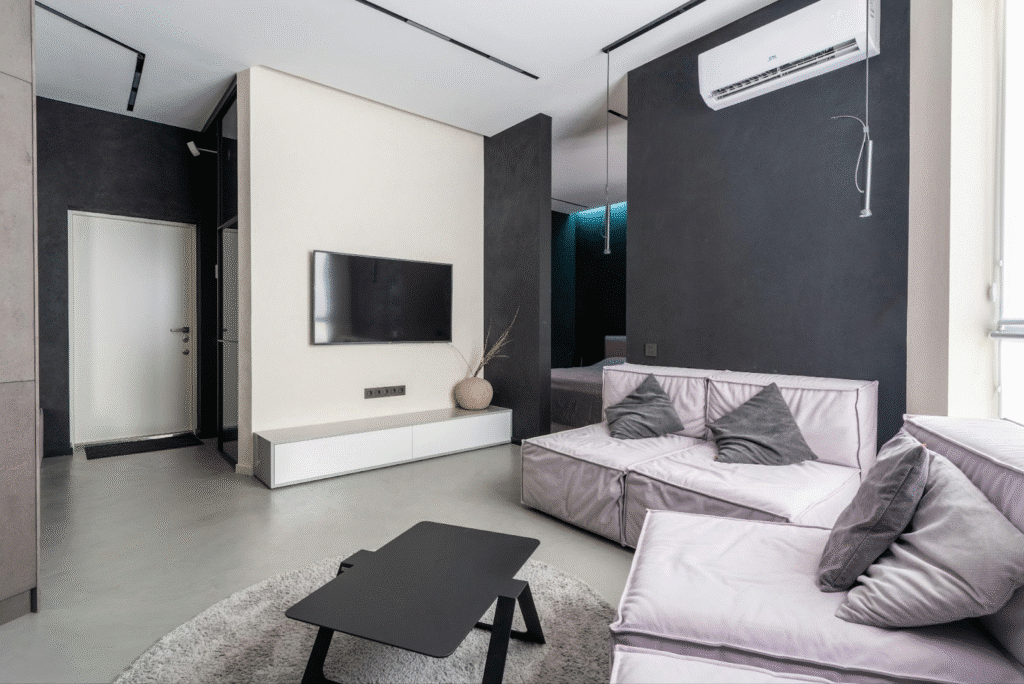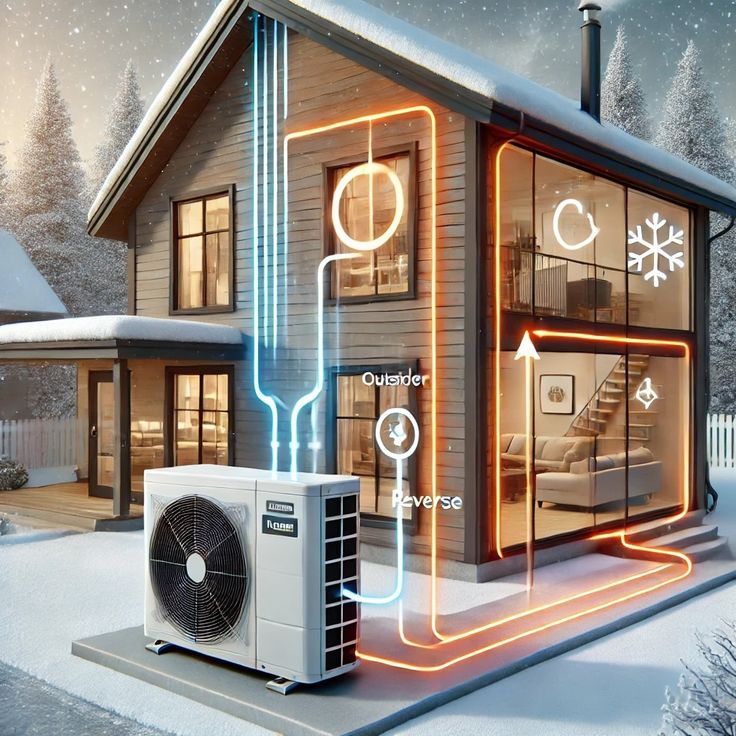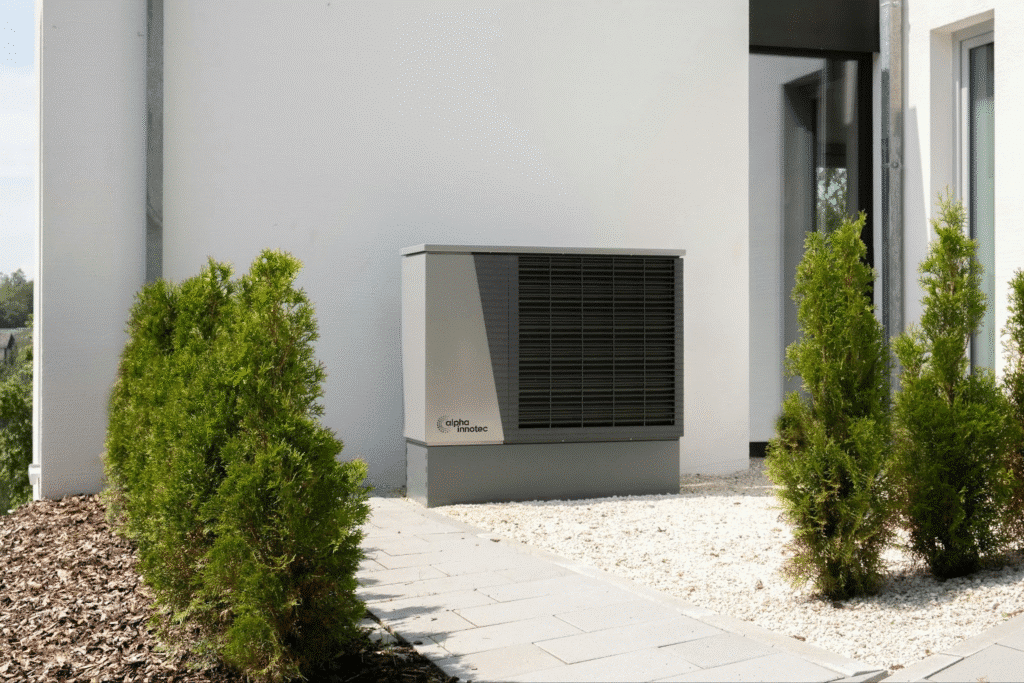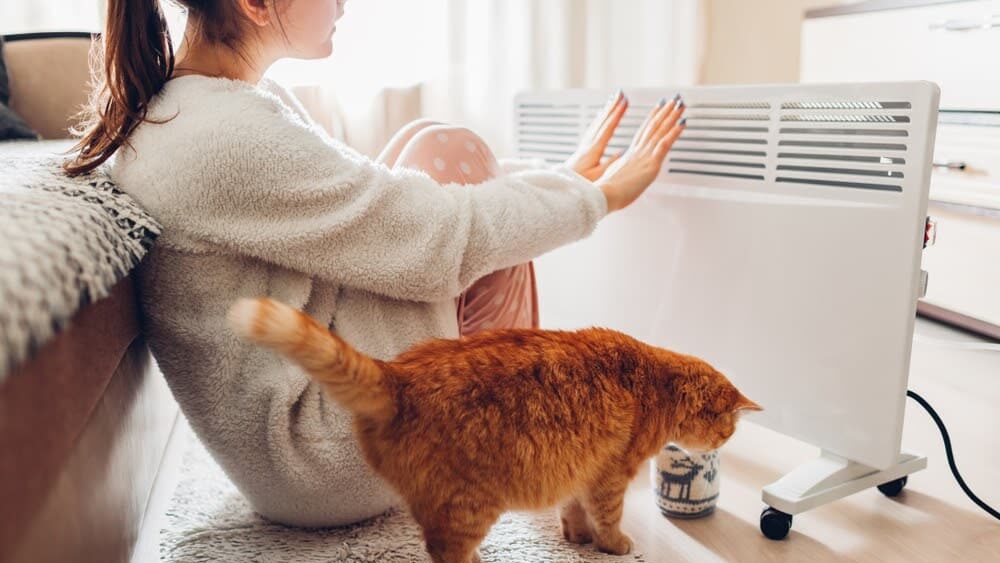Winter has a way of creeping in. One day you’re wearing a hoodie. The next, your fingers feel like icicles. That’s when your home heating becomes a big deal. You want your space warm and cozy. But you also want it safe, especially with kids or pets around.
Some people put off heating upgrades because they think it’s too much trouble. But you can totally do it the right way, no stress involved. When you learn more about the furnace installation process, you’ll see it’s easier than it sounds. Plus, with the right setup, you can boost comfort and safety all at once.

Why Safety Should Come First
A furnace might not seem dangerous. But if it’s installed wrong, it can cause big problems. Carbon monoxide leaks. Gas line issues. Electrical faults. These aren’t things to take lightly. Especially in homes with children, older adults, or anyone with health problems.
That’s why proper installation matters. It’s not just about getting warm. It’s about making sure your heating system won’t hurt your family. A licensed technician knows the codes. They know how to test everything. They check air quality and venting. And they do it all by the book.
Choosing the Right Type of Furnace
Not all furnaces are the same. Some run on gas. Some use electricity. Others might run on oil. The best choice depends on your home’s size, your climate, and your budget. Each one has pros and cons.
Gas furnaces heat fast and cost less to run. But they need careful venting. Electric furnaces are cleaner and easier to install. But they can cost more in energy bills. A good installer will help you figure out what’s best. They’ll look at your layout. They’ll talk to you about your needs. Then they’ll make a plan that fits.


Kid-Safe Features You Should Know About
Furnace technology has come a long way. Newer systems come with safety features built in. That’s great news for families. Flame sensors can shut the system off if there’s a problem. Pressure switches stop operation if vents are blocked. Overheat protection helps prevent fires.
There are also smart thermostats. You can set limits. You can keep the heat from going too high or low. Some even send alerts to your phone if something goes wrong. These features help you stay in control. And they give you peace of mind when you’re not home.

Preparing Your Home for Installation
Before the furnace goes in, there’s a bit of prep involved. The pros will want to check your ducts. They’ll look at insulation. They’ll make sure your vents are in the right spots. It’s all part of making your system run better.
You can help by clearing the area where the furnace will go. Move boxes. Pick up toys. Make sure there’s space to work. You might need to keep pets and kids out of the way for a few hours. The job doesn’t take forever. But it goes faster when things are ready.
Working With Pros You Can Trust
Furnace installation is not a DIY job. It’s something you want done by someone trained. Look for companies with good reviews. Ask if their techs are certified. See if they offer a warranty.
A good installer will explain things clearly. They won’t pressure you into buying extras. They’ll answer any questions you have without making you feel silly. Most of all, they’ll treat your home with care. That kind of respect matters, especially when your family lives there.

Post-Install Checkups and Maintenance
Once your furnace is in, the work isn’t totally done. You’ll need regular checkups to keep it running right. A once-a-year visit can catch small issues before they turn into big ones. This helps you save money. And it keeps your home safe.
You should also replace your filters every few months. Dust builds up fast. Dirty filters make your system work harder. That’s a recipe for higher bills and more wear and tear. Clean filters also help your air stay fresh. That’s important if you’ve got allergies or asthma in the family.

Bottom Line
When the cold rolls in, you want your home to feel like a safe, warm hug. A solid furnace system helps make that happen. But safety and comfort don’t come by accident. They come from planning, smart choices, and working with the right team.
If your current system is old, noisy, or unreliable, it might be time for a change. A safe, family-friendly upgrade could be the best move you make this season. And once you learn more about the furnace installation process, you’ll see it’s not just doable—it’s worth it.
- 0shares
- Facebook0
- Pinterest0
- Twitter0


